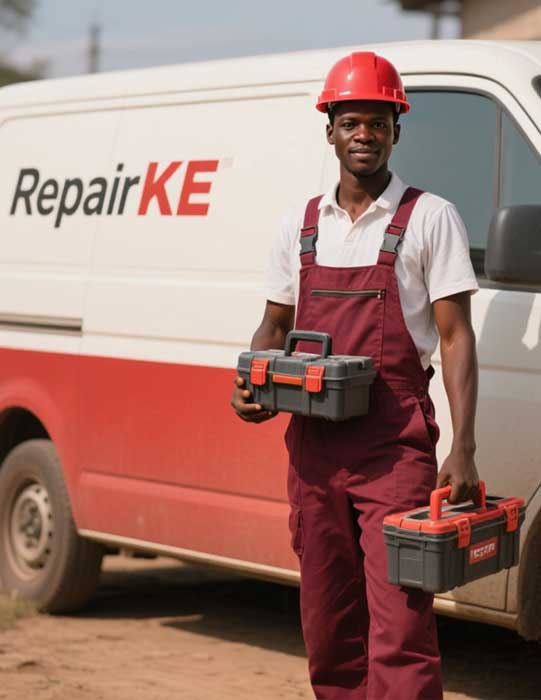
Living off-grid doesn't mean sacrificing basic conveniences like clean laundry. Off-grid washing machines represent an innovative solution for those seeking independence from traditional power infrastructure while maintaining modern hygiene standards. These specialized appliances cater to remote homesteaders, van dwellers, boat owners, and environmentally conscious individuals who want to minimize their carbon footprint without resorting to hand-washing every garment.
Core Characteristics
Off-grid washing machines are distinguished by their independence from conventional electrical grids and municipal water systems. Unlike standard residential washers that demand 120 to 240 volts of electricity and constant water pressure, these machines operate through alternative power sources or entirely manual mechanisms. Their design prioritizes portability, compact dimensions, and resource efficiency, making them ideal for tiny homes, cabins, RVs, and remote locations where traditional utilities are unavailable or impractical.
The construction of off-grid washers emphasizes durability and simplicity. Manufacturers use robust materials that withstand harsh conditions and require minimal maintenance. Many models feature lightweight yet sturdy plastics or corrosion-resistant metals, ensuring longevity even in challenging environments. The simplified mechanical design reduces the likelihood of breakdowns and makes repairs more manageable without specialized technicians.
Power Options and Energy Efficiency
The defining feature of off-grid washing machines lies in their diverse power options. Manual models rely entirely on human energy, utilizing hand cranks, foot pedals, or plunger mechanisms to agitate clothes. These require no electricity whatsoever, making them perfect for completely self-sufficient living situations. While they demand physical effort, manual washers provide excellent exercise and complete energy independence.
Solar-powered washing machines harness renewable energy through photovoltaic panels, either integrated into the unit or connected via external solar arrays. These models typically feature low-wattage motors that can operate on 12-volt or 24-volt DC power systems, compatible with most off-grid solar setups. Battery storage allows operation during cloudy periods or nighttime hours, providing flexibility in laundry scheduling.
Some off-grid washers accommodate multiple power sources, accepting solar, wind, or generator electricity alongside manual operation. This versatility ensures laundry capabilities regardless of weather conditions or equipment failures. Energy consumption typically ranges from zero watts for manual models to 50-200 watts for electric versions, dramatically lower than conventional washers that consume 500-2000 watts per cycle.
Water Management Features
Water conservation stands as a critical consideration in off-grid living, and these washing machines excel in minimizing water usage. Most models require only 2-5 gallons per wash cycle compared to the 15-40 gallons consumed by traditional machines. This efficiency proves invaluable when water must be hauled, collected from rainfall, or pumped from wells using limited power.
Many off-grid washers feature gravity-fed water systems, eliminating the need for pressurized plumbing. Users simply pour water into the machine's basin, allowing natural drainage through hoses positioned lower than the washing drum. Some designs incorporate manual water pumps or siphon systems that further reduce reliance on external infrastructure.
Grey water management capabilities allow users to recycle washing water for secondary purposes like irrigation or toilet flushing. Biodegradable, environmentally safe detergents work synergistically with these systems, ensuring discharged water doesn't harm surrounding ecosystems or contaminate water sources.
Practical Functionalities
Off-grid washing machines accommodate various load capacities, typically ranging from 5 to 15 pounds of laundry. While smaller than conventional washers, this capacity suits the reduced clothing inventories common in minimalist or mobile lifestyles. Multiple small loads can be processed consecutively without significant time investment.
The washing process in off-grid machines varies by model but generally involves shorter cycles than traditional washers. Manual agitation periods typically last 5-10 minutes, while electric models may run 10-20 minute cycles. This efficiency stems from concentrated mechanical action and optimal water-to-clothes ratios.
Spin-dry functions in advanced models remove excess water through centrifugal force, reducing drying time significantly. Manual spinner attachments or separate spin dryers complement basic washing units, achieving moisture removal comparable to conventional machines without electrical dependency.
Off-grid washing machines prove that sustainable living and practical convenience can coexist harmoniously, offering reliable laundry solutions without compromising self-sufficiency or environmental values.




